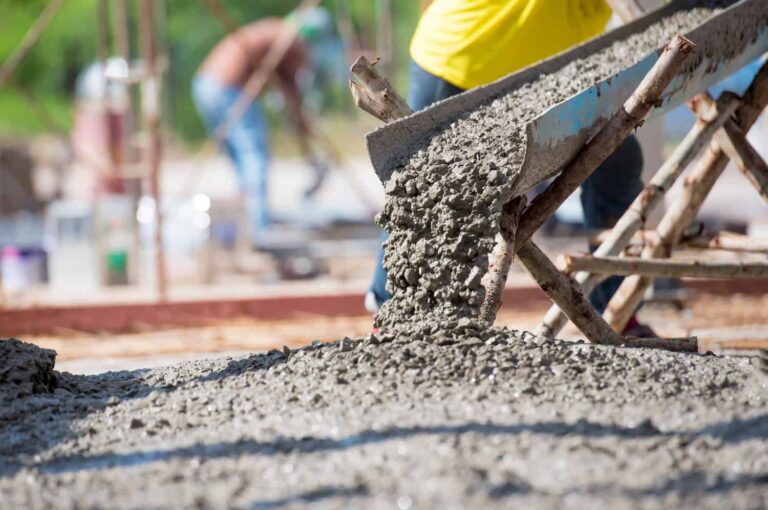
Table of Contents
Cement is a fundamental material in construction, used in everything from foundations to sidewalks. One of the most critical aspects of working with cement is understanding its drying process. Knowing how long does cement take to dry ensures structural integrity, durability, and project timelines are met. This article explores the drying process of cement, factors affecting drying time, and best practices for optimal results.
Understanding the Drying Process of Cement
Cement doesn’t technically “dry” but rather undergoes a chemical reaction called hydration, where water reacts with cement particles to form a hardened structure. This process occurs in stages:
- Initial set (1-2 hours): The cement becomes firm but is still workable.
- Final set (4-6 hours): The cement hardens enough to resist minor pressure.
- Curing (28 days for full strength): The cement continues to strengthen over weeks.
While the surface may appear dry within 24-48 hours, full curing takes much longer.
What Factors Affect Cement Drying Time?
Several variables influence how long does cement take to dry, including cement type, environmental conditions, and application methods.
Different Types of Cement and Their Drying Times
Not all cement is created equal. Common types include:
- Portland Cement: The most widely used type, taking about 28 days to fully cure.
- Rapid-Set Cement: Designed for quick projects, it can harden in under an hour but still requires days for full strength.
- High-Early-Strength Cement: Gains strength faster, reaching high durability in about a week.
Understanding these differences helps in selecting the right cement for a project and estimating how long does cement take to dry under specific conditions.
Environmental Factors Influencing Drying Time
External conditions play a significant role in cement hydration:
- Temperature: Ideal temperatures range between 50°F and 90°F. Cold weather slows drying, while excessive heat can cause cracks.
- Humidity: High humidity extends drying time, while low humidity may cause premature drying and weakening.
- Airflow: Proper ventilation aids even drying, but strong winds can cause surface cracking.
For example, in hot, dry climates, contractors often mist cement to prevent rapid moisture loss, directly impacting how long does cement take to dry.
Best Practices for Optimal Cement Drying
To ensure cement dries correctly and achieves maximum strength, follow these guidelines:
- Control Moisture: Keep the cement damp (but not soaked) during the curing process by covering it with wet burlap or plastic sheeting.
- Maintain Ideal Temperatures: Use heaters in cold weather or shade in extreme heat to regulate temperature.
- Avoid Heavy Loads: Wait at least 7 days before subjecting the cement to heavy weight, even if it feels dry.
- Use Quality Materials: High-grade cement and properly mixed ratios ensure better hydration.
By following these steps, you can optimize how long does cement take to dry while preventing cracks and weaknesses.
Conclusion
Understanding how long does cement take to dry is crucial for successful construction projects. Factors like cement type, temperature, humidity, and proper curing techniques all influence drying times. While surface drying may occur within a day or two, full strength development takes weeks. By applying best practices, builders can ensure durable, long-lasting results. Whether you’re a DIY enthusiast or a professional contractor, mastering cement drying times leads to stronger, more reliable structures.





